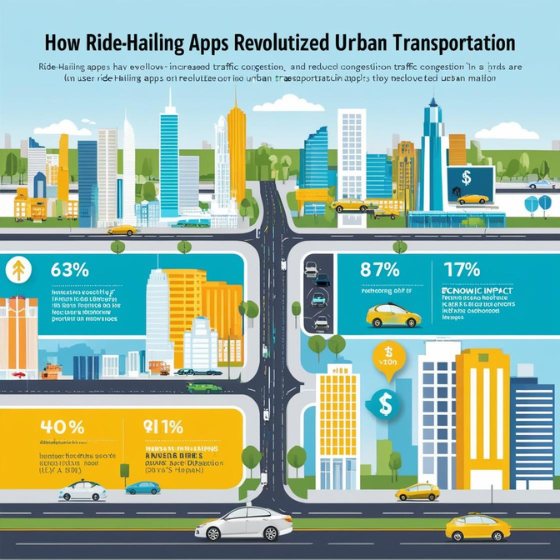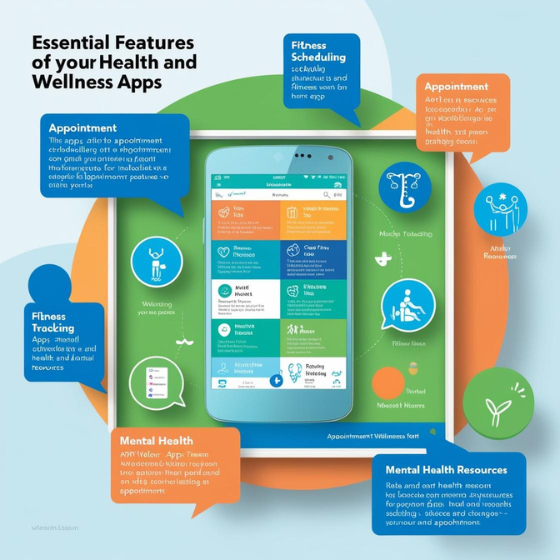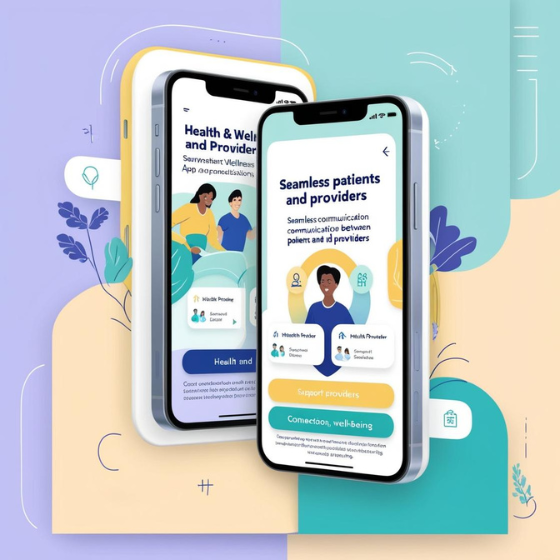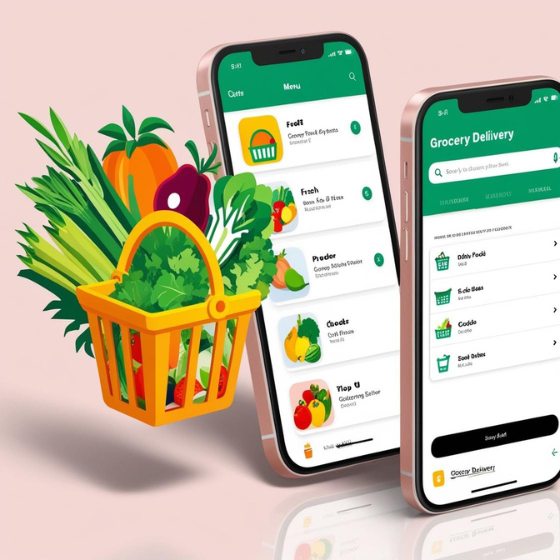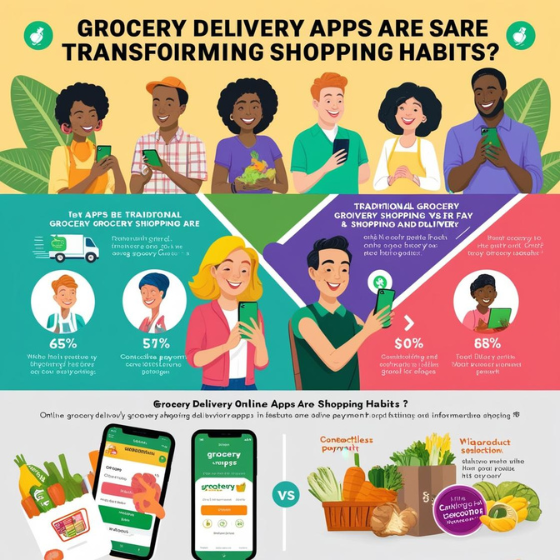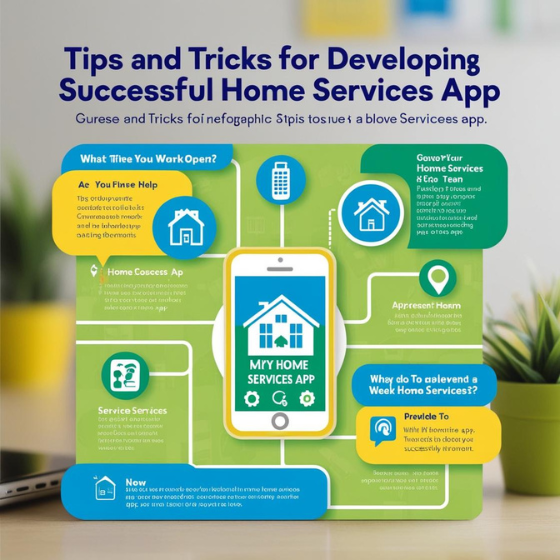Introduction: A New Era in Urban Transportation
Did you know that, as of 2024, there are more than 5 million ride-hailing drivers worldwide, providing services to millions of passengers every day? This explosion of ride-hailing platforms, such as Uber, Lyft, and others, has reshaped the way we think about getting around cities. Once limited to traditional taxis and public transit, urban transportation has evolved dramatically with the rise of these mobile app-based services.
In this blog, we will explore how ride-hailing apps have revolutionized urban transportation, examining their impact on city traffic, accessibility, and the way people move. By the end of this article, you’ll understand the profound effects these apps have on modern cities, how businesses and passengers benefit from them, and why they continue to grow in popularity.
1. The Rise of Ride-Hailing Apps: Changing the Transportation Landscape
Ride-hailing apps like Uber, Lyft, Ola, and others have introduced a new paradigm in urban transportation. Before these services, taxis were the primary mode of transportation in cities, often requiring long waits and sometimes expensive fares. With the advent of ride-hailing platforms, all of that changed. Here’s a closer look at how they made their mark:
A. Accessibility and Convenience
- Instant Booking: With just a few taps on a smartphone, passengers can request a ride, making urban transportation more convenient than ever before.
- Fare Transparency: Riders can see the fare estimate upfront, eliminating the uncertainty that often comes with traditional taxi services.
- 24/7 Availability: Unlike taxis or public transport, ride-hailing apps operate at all hours of the day and night, offering unprecedented flexibility for users.
For people living in busy urban areas, how ride-hailing apps have revolutionized urban transportation is evident in the convenience they offer. Whether it’s for a quick trip to the store or a ride to the airport, people can rely on these services whenever they need them.
B. Affordable and Efficient
Many ride-hailing platforms offer affordable pricing compared to traditional taxis, especially for short trips. By pooling riders or using dynamic pricing based on demand, these services can cater to various needs and budgets. For example:
- Carpooling Features: Platforms like UberPool allow passengers to share rides with others going in the same direction, lowering the cost.
- Dynamic Pricing: Apps adjust fares based on demand, ensuring that drivers are incentivized to operate during busy times while helping riders get quicker service.
These features have made it easier for urban dwellers to access affordable transportation, especially in cities where owning a car may be expensive or inconvenient.
2. How Ride-Hailing Apps Have Changed Urban Mobility
The way people move around cities has evolved drastically thanks to ride-hailing apps. With millions of rides completed every day, these platforms are reshaping how we think about urban mobility:
A. Reduced Traffic Congestion
Although ride-hailing apps have led to an increase in the number of cars on the road, they have also introduced features that can help reduce congestion:
- Ride-Sharing Options: Carpooling features such as UberPool and Lyft Line allow passengers to share rides with others going in the same direction, reducing the number of vehicles on the road.
- Optimized Routing: These apps use sophisticated algorithms to determine the fastest routes for drivers, helping them avoid traffic jams and minimize unnecessary driving.
In cities where traffic congestion has been a persistent problem, ride-hailing services have provided a viable alternative to traditional car ownership. With better route optimization and ride-sharing options, these apps help in reducing the overall number of vehicles in urban areas.
B. Environmental Impact
Ride-hailing apps are increasingly incorporating green initiatives to further reduce their environmental impact. By promoting electric and hybrid vehicles, these services are contributing to reducing emissions in major cities:
- Electric Vehicle (EV) Integration: Some ride-hailing platforms, like Uber, have already introduced electric vehicles into their fleets to cut down on carbon emissions.
- Partnerships with Sustainable Transit Options: In some cities, ride-hailing companies are collaborating with public transit systems to encourage seamless multimodal transport, such as using ride-hailing to connect with metro stations.
These initiatives support the larger goal of creating sustainable urban transportation networks that minimize environmental harm.
3. The Role of Technology in Revolutionizing Urban Transportation
The key to the success of ride-hailing apps lies in the innovative technologies they incorporate. These technologies not only improve the user experience but also enhance operational efficiency. Let’s take a look at the tech behind these transformations:
A. Mobile Applications and GPS Technology
- Real-Time Tracking: GPS-enabled apps allow both drivers and riders to track their location in real-time, ensuring a seamless experience for both parties.
- Route Optimization: Using algorithms and traffic data, these apps calculate the fastest routes, reducing travel times and improving efficiency.
These technologies have enabled ride-hailing platforms to offer personalized and dynamic services to users.
B. Data-Driven Insights
- Ride Analytics: Ride-hailing apps use data to understand traffic patterns, rider behavior, and the best times to offer services, helping optimize driver availability and routes.
- Customer Feedback: Apps also gather customer feedback to improve service quality, ensuring that the ride-hailing experience is continuously evolving.
This data-driven approach not only benefits riders but also helps businesses streamline their operations and increase revenue.
4. The Future of Ride-Hailing and Urban Transportation
As ride-hailing apps continue to evolve, they are expected to further revolutionize urban transportation. The future of these services is closely tied to advancements in technology and changing urban infrastructure. Some key trends to watch include:
A. Autonomous Vehicles
The integration of autonomous vehicles into ride-hailing fleets could dramatically alter the landscape of urban transportation. With self-driving cars, the need for human drivers could be eliminated, leading to:
- Lower Costs: Reduced labor costs could make rides even more affordable.
- Increased Availability: Autonomous vehicles could be available around the clock, with fewer downtime periods.
While this is still in development, the potential of autonomous vehicles in ride-hailing platforms is immense.
B. Integration with Smart City Infrastructure
Ride-hailing apps will likely play an even more integral role in the smart city ecosystem. In the future, these services could be integrated with city-wide transportation systems, including:
- Traffic Signals: Ride-hailing apps could communicate with traffic management systems to reduce congestion by adjusting light timings based on real-time demand.
- Public Transport Integration: Seamless integration with public transportation could allow riders to switch from a ride-hailing service to a bus or metro system, improving overall transportation efficiency.
The future promises an even more interconnected and intelligent transportation system where ride-hailing apps are an essential component.
5. Conclusion: The Lasting Impact of Ride-Hailing Apps on Urban Transportation
In conclusion, how ride-hailing apps have revolutionized urban transportation is evident in the convenience, accessibility, and innovation they bring to cities around the world. These platforms are not just changing the way people get from point A to point B; they are transforming urban mobility as a whole.
As technology continues to evolve, ride-hailing apps are likely to play a pivotal role in creating smarter, more sustainable cities. Whether it’s through green initiatives, data-driven insights, or the future of autonomous vehicles, the impact of these services will only grow.
Want to learn more about how technology is reshaping industries? Visit our technology solutions page and explore how Sodio can help you leverage tech to drive innovation in your business.
Ready to explore how cutting-edge technology can enhance your transportation system? Contact Sodio today and discover how our solutions can transform your urban mobility strategy!
